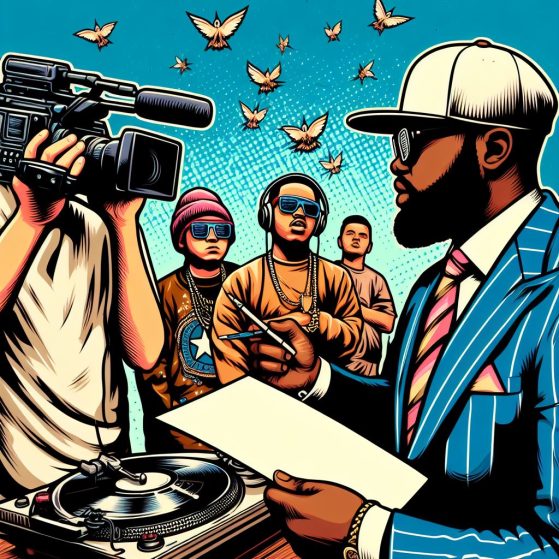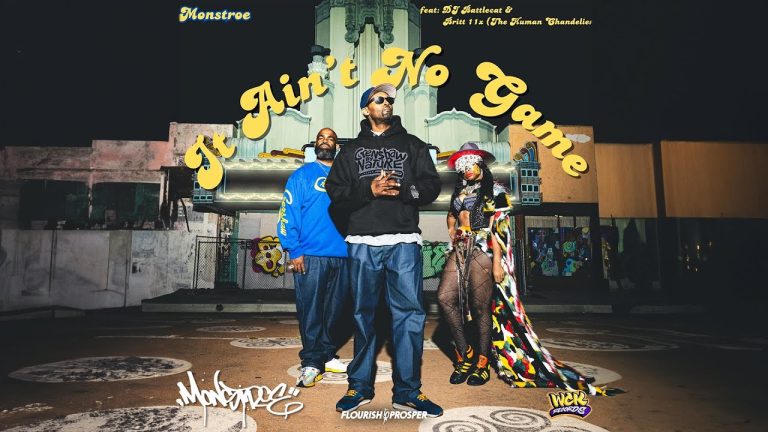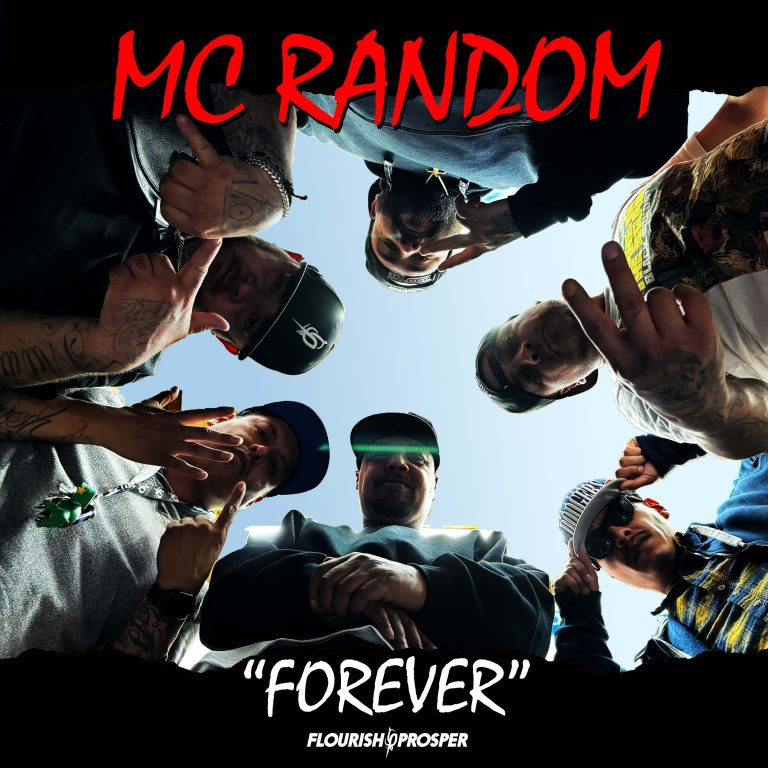Understanding the Concept of Blockchain
Defining the Blockchain Technology
Blockchain is a decentralized, digital ledger system that records and verifies transactions across numerous computers in a network. It was originally conceptualized for Bitcoin, a renowned cryptocurrency, but its potential extends far beyond just cryptocurrencies. The term ‘blockchain’ originates from the process by which transactions are stored. These verified transactions are bundled into ‘blocks’ and linked in a chain to previous transactions.
The Foundation of Blockchain: A Network of Trust
The main draw of blockchain technology lies in its security and transparency. Every transaction within the network is checked by multiple nodes (computers participating in the network), which provides a strong defense against fraud and makes sure no transaction goes unnoticed. Moreover, once a transaction is recorded, it becomes almost impossible to alter due to the system’s decentralized nature. Therefore, it forms a ‘trustless’ system where participants don’t need to trust each other but the system itself.
Smart Contracts and Blockchain
One crucial feature of blockchain technology is ‘smart contracts’. These are self-executing contracts with the terms of the agreement written into code. They automatically execute transactions when certain conditions are met, reducing the need for intermediaries and ensuring a more efficient and reliable process. In the context of royalties, smart contracts can greatly streamline the process of distributing royalties to artists and creators, adding another layer of potential to the promising blockchain technology.
Interplay between Blockchain and Royalties
Blockchain’s Role in Royalty Payments

Blockchain technology is drastically changing the landscape of royalty payments, particularly in the art and music industries. Traditionally, royalty systems have been fraught with inefficiencies, delayed payments, and sometimes overly complex distribution mechanisms. The decentralized nature of blockchain represents a seismic shift in how these payments are processed.
By leveraging smart contracts on the blockchain, seamless and automatic royalty payments can be achieved. Instead of waiting for manual processing, artists can immediately receive their fair share as soon as a sale or usage occurs. These smart contracts, acting as self-executing agreements embedded within the blockchain, ensure accuracy, speed, and transparency in every transaction.
Nexus of Blockchain and Artists’ Compensation
The intersection of blockchain and artists’ compensation holds potential for a more equitable distribution model. In many cases, intermediaries such as agencies, managers, and publishers can take a substantial chunk of an artist’s earnings. With blockchain, artists can directly connect with consumers, eliminating the need for such intermediaries and enabling artists to retain more of their earned royalties.
Further, blockchain technology provides a publicly verifiable and immutable record of each transaction. This attribute adds integrity to the system as it fosters transparency and prevents fraudulent activities. Every usage of an artistic work can be tracked, ensuring creators receive appropriate compensation for their work.
Blockchain and Future Royalty Models
As blockchain gains traction, its influence on future royalty models becomes clearer. A participatory model, where fans and supporters have a say in the development of an artist’s work, could be made possible by ICOs (Initial Coin Offerings) and tokenized assets. For instance, fans could buy tokens representing shares of future royalties, forging a closer bond between artists and their audiences.
In essence, blockchain can give birth to a dynamic ecosystem where benefits are reaped by all parties involved. Not only can artists gain a fairer, more transparent means of compensation, but consumers and supporters can also engage more directly with the creation and fruition of artistic works.
Advantages of Blockchain in Artist Royalties
Transparency and Trustworthiness
One of the major advantages of using blockchain in artist royalties is the level of transparency it brings. Blockchain technology provides a public ledger that is accessible to all parties involved. Therefore, every transaction recorded is visible, reducing the chance for disputes over payments. In addition, the trustworthiness of blockchain transactions is ensured by the technology’s decentralized nature. Unlike traditional methods where intermediaries might tamper with the data, blockchain entries cannot be changed once they are validated.
Direct Payment to Artists
Blockchain also revolutionizes the way artists receive their royalties. Instead of going through multiple intermediaries, who often take a large chunk of the profits, blockchain allows direct payment from fans to artists. This peer-to-peer system enables artists to keep a larger portion of their royalties, increasing their income and financial security.
Efficiency and Speed
The efficiency and speed of royalty distribution is another massive advantage of blockchain. Traditional royalty payments can take weeks or even months to reach the artist. However, through smart contracts on the blockchain, artists can receive their payments nearly immediately after a sale or stream. This instantaneous transfer not only improves cash flow for artists but also reduces administrative burdens associated with tracking and distributing royalties.
The Transformation of Royalties Distribution with Blockchain
Revamping Traditional Royalties Distribution
The traditional method for distributing royalties has been plagued by inefficiencies and delays. Traditionally, royalties are paid out through a system of intermediaries, each taking their share before the artist receives theirs. This process can take months or even years, leaving artists waiting for their rightful earnings.
Moreover, these intermediaries often lack transparency, making it difficult for artists to see how their earnings are calculated. That’s where blockchain comes in. Blockchain technology, originally designed for digital currency like Bitcoin, uses a distributed ledger that records transactions across many computers so that any involved record cannot be altered retroactively, thereby increasing transparency.
Blockchain: A Paradigm Shift for Royalties
With blockchain, the entire process of royalty distribution can be streamlined and made more transparent. Each transaction (or in this case, each play of a song or movie) can be recorded on the blockchain, visible to all parties involved.
This means that artists can see exactly how many times their work has been consumed and calculate their earnings accordingly. This transparency could remove much of the uncertainty and dispute that currently surrounds royalty payments, ensuring that artists are paid fairly for their work.
Real-World Applications of Blockchain in Royalties
In practice, several platforms are already using blockchain technology to revolutionize the royalty distribution process. For instance, music streaming service Spotify acquired blockchain startup Mediachain to develop a more transparent and efficient system for paying royalties to musicians.
Meanwhile, cinema chain GSC Movies is using blockchain to pay royalties to filmmakers, allowing them to track box office sales in real-time and receive their earnings much faster than before. These developments signal a promising future for blockchain in transforming royalties distribution, underlining its potential to level the playing field for artists worldwide.
Case Studies of Artists Benefitting from Blockchain
Blockchain Empowering Musicians: Imogen Heap
Perhaps one of the most notable instances of an artist benefiting from blockchain technology is British singer-songwriter, Imogen Heap. In an effort to maintain control over her work, Heap released her song “Tiny Human” on Ethereum-based platform Ujo Music in 2015. This allowed her to distribute her music directly to fans, completely bypassing the need for a third-party distributor. Not only did this ensure that she received payment instantly every time her song was purchased or streamed, but also, it ensured full transparency with respect to where her royalties were coming from. As a pioneer in this space, Heap highlighted the substantial benefits that blockchain can bring to artists in terms of royalty payments.
Visual Artists’ Victory with Blockchain: Richard Prince
Another artist who has benefited enormously from the application of blockchain in art is Richard Prince, a visual artist known for his thought-provoking, controversial work. By tokenizing his artwork on the Ethereum blockchain, he was able to sell his pieces as digital assets directly to enthusiasts and collectors. This not only significantly increased his earnings by discarding gallery commissions, but also offered proof-of-ownership to his buyers, all while maintaining the integrity of his art. Blockchain has thus transformed art ownership and artist royalties in the digital space.
Unveiling the Unseen: Cryptopunks and Blockchain
Cryptopunks, a digital art project comprising of 10,000 unique, pixellated characters, provides a unique case study of artists benefitting from blockchain. The creators, software developers Matt Hall and John Watkinson, made these characters available for free on the Ethereum network in 2017. The project quickly gained popularity and people started trading these Cryptopunks for high prices. The surge in value affirmed the immense potential of blockchain, opening up new streams of revenue and artistic exploration. Cryptopunks paved the way for artists to sell their work directly to audiences, revolutionizing the traditional art market.
Hurdles in Incorporating Blockchain into the Royalties System
Understanding Complexity and Resistance to New Technology
The main obstacle in integrating blockchain technology into the royalties system is a deep-seated resistance to change. For decades, artists and management companies have held onto familiar ways of conducting business. Some don’t fully understand what blockchain is and how it functions, leading to a lack of trust. Others fear that the technology, which is still evolving, might disrupt established systems and create chaos.
This presents a significant educational hurdle that needs to be overcome. To drive acceptance and widespread use, it’s crucial to educate stakeholders about the benefits of blockchain. Illustrative case studies, workshops, and seminars could serve this purpose, demystifying the technology and demonstrating its potential to revolutionize artist compensation.
Legal and Regulatory Challenges
Another major barrier to incorporating blockchain into the royalties system is navigating the complex legal landscape. Blockchain technology’s decentralised nature raises questions about security, privacy, and intellectual property rights. In many territories, it remains uncertain how these matters are to be handled legally when it comes to blockchain-based transactions.
Moreover, the regulatory framework for blockchain applications in the entertainment industry is still in its infancy. This immaturity leads to hesitation from entities who are unsure about the long-term legal implications of adopting such cutting-edge technology. Therefore, adequate legal and regulatory infrastructure must be developed to support blockchain adoption.
Technical Limitations and Scalability Issues
Finally, there are also some technical concerns that pose challenges to the integration of blockchain into the royalties system. The most significant of these is the scalability issue. The current leading blockchain platforms can process a limited number of transactions per second, which is far less than what would be required to handle global royalty payment networks.
In addition, implementing blockchain solutions may require substantial investment in infrastructure and systems upgrades, a daunting prospect for many artists and music companies. Also, there is a lack of skilled blockchain developers, which can make the transition to new systems slow and costly.
Nonetheless, with continuous advancements in technology and strategic solutions to these obstacles, blockchain’s adoption in the royalty industry could be closer than we think.
Future Perspectives of Blockchain for Fair Artist Compensation
Decentralization and Transparency in Compensation Structures

The potential for blockchain technology to decentralize and increase transparency in compensation structures for artists is immense. Through blockchain, we can create a more equitable system where artists directly receive their fair share of royalties from each sale or stream of their work. This means moving away from the traditional centralized systems where intermediaries often take a significant cut from an artist’s earning. By leveraging smart contracts, transactions can be automated, transparent, and direct, greatly reducing the possibility of fraud and payment delays.
The Role of Cryptocurrency in Artist Compensation
Cryptocurrencies could provide an innovative approach to artist compensation in conjunction with blockchain technology. Artists could receive payments in digital currencies which will not only expedite the transaction process but also eliminate traditional banking fees, ultimately increasing the artist’s earnings. On top of that, considering the cross-border nature of the music industry, integrating cryptocurrencies into artists’ compensation could simplify international transactions by overcoming various challenges such as currency conversion and international transfer fees.
Empowering Independent Artists with Blockchain Technology
Blockchain has a lot to offer for independent artists as well who often struggle in getting their works recognized and compensated aptly due to lack of proper distribution channels. With blockchain, these artists can have control over their intellectual property rights without relying on any middlemen. They can monetize their work in ways not previously possible, even enabling microtransactions for individual plays or views. Moreover, blockchain’s immutable nature ensures that these artists’ rights are always secure, creating trust and fairness in this somewhat controversial aspect of the music industry.
In conclusion, the innovative use of blockchain technology holds immense promise to revolutionize the way artists receive royalties and remuneration for their work. Its potential extends beyond just disrupting existing models to building entirely new paradigms of compensation that is transparent, direct, and inclusive, undoubtedly paving the way for a brighter future for artists across the globe.
Looking for a trusted and knowledgeable agency to help market your music career?
Contact us at + 1 626 872-5151 or info@flourishprosper.net
Or Checkout our website at flourishprosper.net




